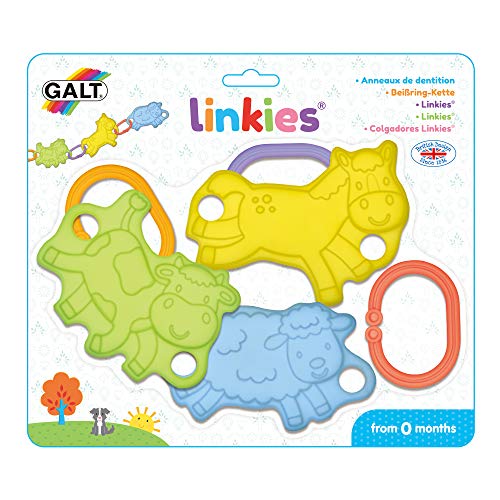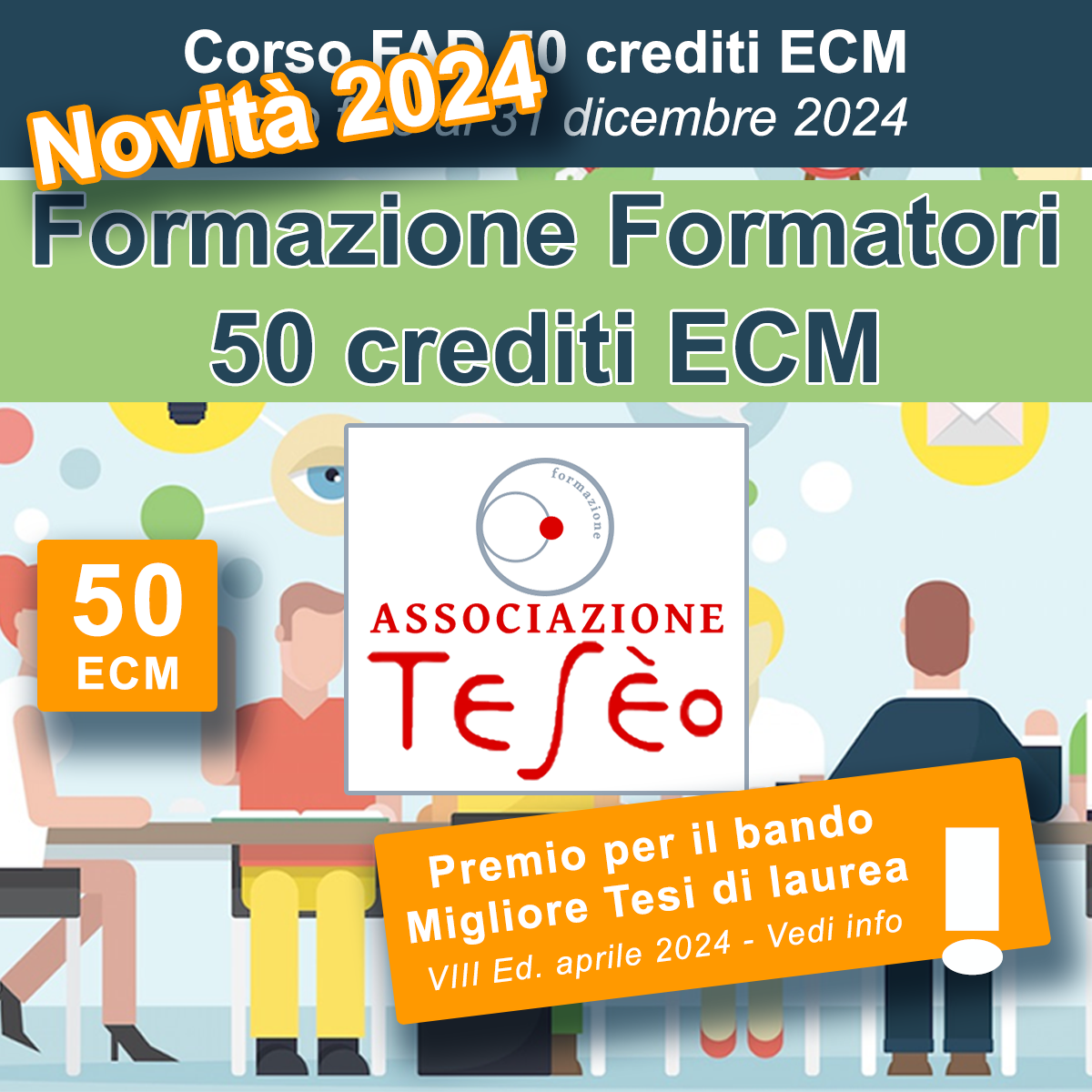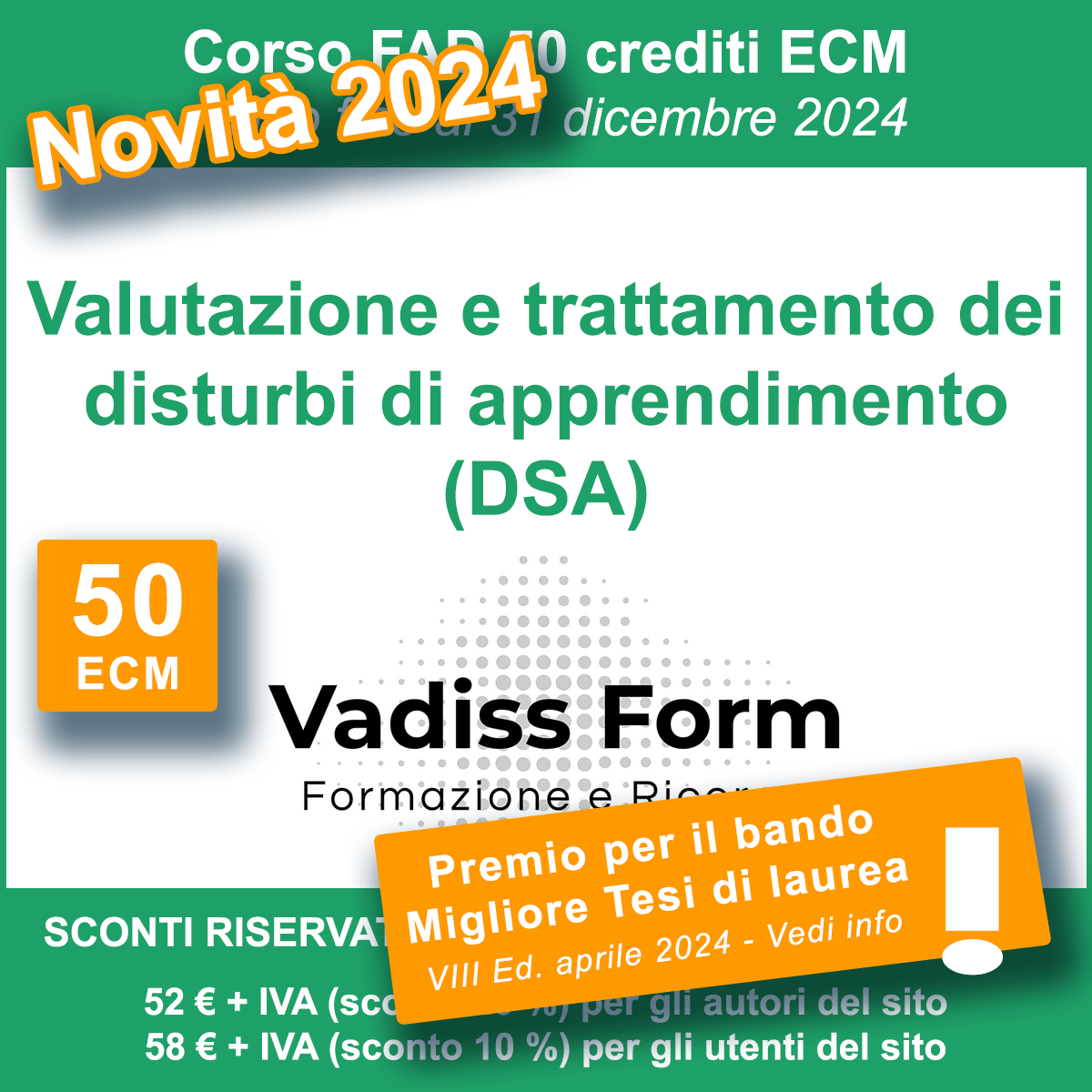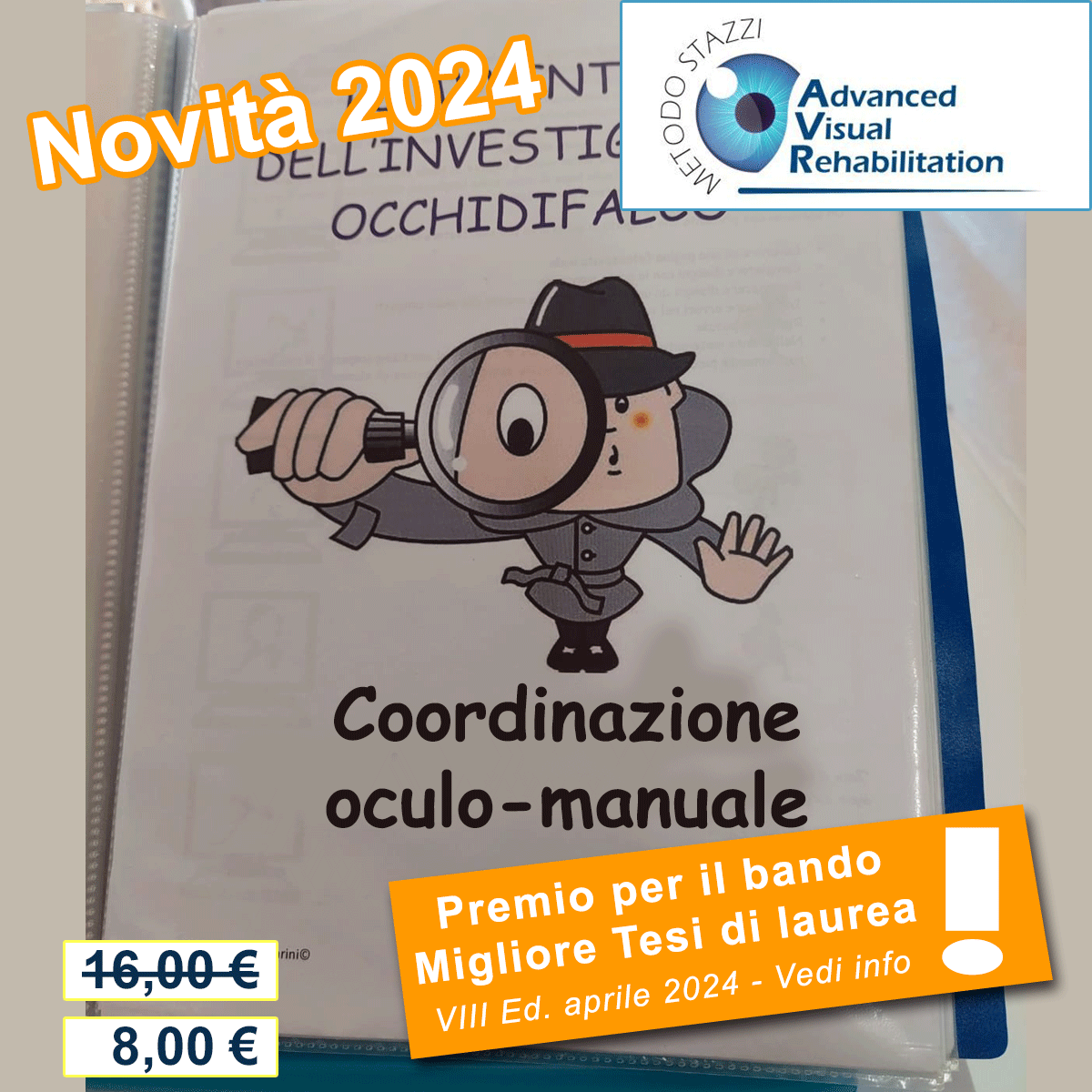BIBLIOGRAFIA - La variazione dello stato comportamentale del bambino in risposta agli stimoli sonori in TIN
- Abou Turk C., Williams A.L., Lasky R.E. (2009). A randomized clinical trial evaluating silicone earplugs for very low bird weight newborns in intensive care, Journal Perinatology, 29 (5), 358-363.
- Als H., Duffy F.H., McAnulty G.B., Rivkin M.J., Vajapeyam S., Mulkern R.V., Warfield S.K., Huppi P.S., Butler S.C. Conneman N., Fischer C., Eichenwald E.C. (2004). Ealty Experience Alters Brain Function and Structure, PEDIATRICS, 113 (4), 846-857.
- American Academy of Pediatrics (2004) Level of Neonatal Care, Pediatrics, (114), 1341- 1347.
- Antonucci R., Porcella A., Fanos V. (2009). The infant incubator in the neonatal intensive care unit: unresolved issues and future developments, Jouraln of Perinatal Medicine, 37 (6), 587-598.
- Barlattani D. (2013). L’orecchio. Figura anatomica dell’orecchio. Disponibile da: http://www.ntns.it/acu/orecchio.htm
- Bowie B.H., Hall R.B., Faulkner J., Aderson B. (2003). Single-room infant care: future trends in special care nursery planning and design, Neonatal Network, Jul-Aug, 22 (4), 27- 34.
- Brown G. (2009) NICU noise and the preterm infant, Neonatal Network, May-Jun, 28 (3), 165-173.
- Brandon D.H., Ryan D.J., Barnes A.H. (2007). Effect of environmental changes on noise in the NICU, Neonatal Network, Jul-Aug, 26 (4), 213-218.
- Bremmer P, Byers J, and Kiehl E. 2003. Noise and the premature infant: Physiological effects and practice implications. Journal of Obstetric, Gynecologic, and Neonatal Nursing 32(4): 447–454.
- Chang Y.J., Pan Y.J., Lin Y.J., Chang Y.Z., Lin C.H. (2006). A noise-sensor light allarm reduces noise in the newborn intensive care unit, America Journal of Perinatology, Jul, 23 (5), 265-271.
- Chen H.L., Chen C.H., Wu C.C., Huang H.J., Wang T.M., Hsu C.C. (2009). The influence of Neonatal Intensive Care Unit Design on Sound Level, Pediatrics & Neonatology, 50 (6), 270-274.
- Cristobal R., Oghalai J.S. (2008). Hearing loss in children with very low birth weight: current review of epidemiology and pathophysiology, Archives of Disease in Childhood: Fetal and Neonatal Edition, 93 (6), f462-f468.
- Curley M.A.Q. (2006). State Behavioral Scale (SBS). Disponibile da: http://www.marthaaqcurley.com/sbs.html
- Darcy A.E., Hancock L.E., Ware E.J. (2008). A Descriptive Study of Noise in the Neonatal Intensive Care Unit: Ambient Levels and Perceptions of Contributing Factors, Advances in Neonatal Care, 8, s16-s26.
- Delucis C. (2009). Rumore. Immagine relazione tra frequenza e intensità del suono. Disponibile da: http://www.unipi.it/ateneo/governo/amm/spp/formazione/Corso- modu/modulo4/mod4rumore.pdf
- D.P.C.M. 05/12/1997 Determinazione dei requisiti acustici passivi degli edifici. Disponibile da: http://www.anit.it/node/610
- Duran R., Ciftdemir N.A., Ozbek U.V., Berberoglu U., Durankus F., Sut N., Acunas B. (2012). The effects of noise reduction by earmuffs on the physiologic and behavioral responses in very low birth weight preterm infants, International Journal of Pediatric Otorhinolaryngology, Oct, 76 (10), 1490-1493.
- Enciclopedia Treccani 2010. Definizione di Campionamento non probabilistico. Disponibile da: http://www.treccani.it/scuola/dossier/2010/statistica/vichi_campionamento_non_prababilisti co.html
- Graven, S. N. (2000). The full-term and premature newborn: Sound and the developing infant in the NICU, conclusions and recommendations for care. Journal of Perinatology, 20, S88-S93.
- Gray L., Philibin M.K. (2004). Effects of the neonatal intensive care unit on auditory attention and distraction. Clinics in Perinatology, 31, 243-260.
- Johnson A.N. (2003). Adapting the neonatal intensive care environment to decrease noise, Journal of Perinatal and Neonatal Nursing, 17, 280-288.
- Karam O., Donatiello C., Van Lancker E., Chritin V., Pfister R.E., Rimensberger P.C. (2008), Noise level during nCPAP are flow-dependent but not device-dependent, Archives of Disease in Childhood – Fetal & Neonatal Edition, Mar, 93 (2), 132-134.
- Kellam B., Bhatia J. (2008). Sound Spectral Analysis in the Intensive Care Nursery: Measuring High-Frequency Sound, Journal of Pediatrics Nursing, 23 (4), 317-323.
- Krueger C., Horesh E., Crossland B.A. (2012). Safe Sound Exposure in the Fetus and Preterm Infant. JOGNN, 41, 166-170.
- Krueger C., Schue S., Parker L. (2007). Neonatal Intensive Care Unit sound level before and after structural reconstruction, MCN: The American Journal of Maternal/Child nursing, Nov- Dec, 32 (6), 358-362.
- Kuhn P., Zores C., Pebayle T., Hoeft A., Langlet C., Escande B., Astruct D., Dufour A. (2012). Infants born very preterm react to variations of the acoustic environment in their incubator from a minimum signal-to-noise ratio threshold of 5 to 10 dB(A), Pediatrics Research, 71(4), 386-392.
- Lai T.T., Bearer C.F. (2008). Iatrogenic Environmental Hazards in the Neonatal Intensive Care Unit, Clinics in Perinatology, 35 (1), 163.
- Lasky R.E., Williams A.L. (2009). Noise and Light Exposures for Extremely Low Birth Weight Newborns during their stay in the Neonatal Intensive Care Unit, Pediatrics, Feb, 123 (2), 540-546.
- Marik P.E., Fuller C., Levitov A., Moll E. (2012). Neonatal incubators: A toxic sound environment for the preterm infant, Pediatric Critical Care Medicine, 13 (6), 685-689.
- Matook S.A., Sullivan M.C., Salisbury A., Miller R.J., Lester B.M. (2010). Variations of NICU sound by location and time of day, Neonatal Network, Mar-Apr, 29 (2), 87-95.
- Mayrand A., Scollie S., Roukema H., Cheesman M. (2005). Noise exposure caused by artificial ventilation in the neonatal intensive care unit, Canadian Acoustics-Acoustique Canadienne, 33 (4), 48-49.
- McMahon E., Wintermark P., Lahav A. (2012). Auditory brain development in premature infants: the importance of ealty experience, Annals of the New York Academy of Sciences, Apr, 1252:17-24.
- Metodologie e interventi tecnici per la riduzione del rumore negli ambienti di lavoro (2008). Disponibile da: http://www.inail.it/internet.we/wcm/idc/groups/internet/documents/document/ucm_085834.p df
- Milette I. (2013). Decreasing noise level in our NICU: The impact of a noise awareness educational program, Advances in Neonatal Care, 10 (6), 343-351.
- Ministero della salute (2013). Definizione di Sindrome da deficit dell’attenzione e iperattività (ADHD). Disponibile da: http://www.salute.gov.it/portale/salute/p1_5jsp?lingua=italiano&id=64&area=Disturbi_psich ici
- Oli G., DevotoG. (2013). Il Devoto-Oli Vocabolario della lingua italiana, Le Monnier.
- Organizzazione Mondiale della Sanità (2013). Children and noise. Disponibile da: http://www.who.int/ceh/capacity/training_modules/en/index.html
- Peixoto P.V., Balbino F.S., Chimirri V., Pinheiro E.M., Kakehashi T.Y. (2011). Internal noise levels in neonatal intensive care unit incubators, ACTA Paulista de Enfermagem, 24 (3), 359-364.
- Peng N.H., Chen C.H., Bachman J., Lin H.C., Wang T.M., Chang Y.C., Chang Y.S. (2011). Relationships between physiological stress signals and stress behaviors in preterm infants during periods exposure to environmental stress in the hospital, Biological Research for Nursing, 13 (4), 357-363.
- Philibin M.K. (2004). Planning the acoustic environment on neonatal intensive care unit, Clinics in Perinatology, 31 (2), 331-352.
- Ramesh A., Suman Rao P.N., Sandeep G., Nagapoornima M., Srilakshmi V., Dominic M., Swarnarekha A. (2009). Efficacy of a low cost protocol in reducing noise levels in the neonatal intensive care unit. Indian Journal of Pediatrics, May, 76 (5), 475-478.
- Sannino P., De Bon G., Santini G., Mosca F. (2008). Programma di cura e sviluppo individualizzato al neonato prematuro (NIDCAP): un nuovo modello assistenziale, Italian Journal of Nursing, 1, 47-50.
- Silverthorn D.U. (2010). Fisiologia sensoriale in: Silverthorn D.U., FISIOLOGIA UMANA, un approccio integrato (quinta edizione) Milano, Torino: Pearson Italia, 363-371.
- Stanley N. Graven, MD and Joy V. Browne, PhD, CNS-BC (2008). Auditory Development in the Fetus and Infant, Newborn & Infant Nursing Reviews.
- Stromswold K., Sheffield E. (2004) Neonatal Intensive Care Unit Noise & Language Development, Rutgers University Center for Cognitive Science Technical Report.
- The Engineering ToolBox (2013). Preferred Noise Criterior (PNC). Disponibile da: http://www.engineeringtoolbox.com/pnc-preferred-noise-criteria-d727.html
- Thear G., Wittmann-Price R.A. (2006). Project noise buster in the NICU: how one facility lowered noise levels when caring for preterm infants, Americamn Journal of Nursing, May, 106 (5): Critical Care Extra: 64AA-BB, 64DD, [64FF].
- Trapanotto M., Benini F., Farina M., Gobber D., Magnavita ., Zacchello F. (2004). Behavioral and Physiological reactivity to noise in the newborn, Journal of Pediatrics and Child Health, 40, 275-281.
- Trevisanuto D., Camiletti L., Udilano., Doglioni N., Zanardo V. (2008). Noise levels during neonatal helmet CPAP, Archives of Disease in Childhood: Fetal and Neonatal Edition, 93 (5), f396-f397.
- Vandenberg, K. A. (2007). Individualized developmental care for high risk newborns in the NICU: A practice guideline. Early Human Development, 83(7), 433-442.
- Wachman E.M., Lahav A. (2011). The effects of noise on preterm infants in the NICU, Archives of Disease in Childhood: Fetal and Neonatal Edition, 96 (4).
- White R.D. (2011). Designing Environments for Developmental Care, Clinics Perinatology, 38 (4), 745-749.
- White R.D. (2007). Recommended standards for the newborn Nicu, Journal of Perinatology, 27, S4-S19.
- Williams A.L., Drongelen W.V., Lasky R.E. (2007). Noise in contemporary neonatal intensive care unit, Journal of Acoustical Society of America, May, 121 (5), 2681-2690.
- Wubben S.M., Brueggernen P.M., Stevens D.C., Helseth C.C., Blaschke K. (2011). The sound of operation and the acoustic attenuation of the Ohmeda Medical Giraffe OmniBed, Noise Health, Jan-Feb, 13 (50), 37-44.
- Zimmerman, S., Tilly, J., Cohen, L., & Love, K. (2009). A manual for community-based participatory research: Using research to improve practice and inform policy in assisted living. Falls Church, VA: Center for Excellence in Assisted Living.
Indice |
| INTRODUZIONE |
|
Parte prima: inquadramento teorico: ESPERIENZA UDITIVA - LO SVILPUPPO DEL SISTEMA UDITIVO: IL FETO E IL NEONATO PREMATURO - LE FONTI DEL RUMORE - ALCUNE DEFINIZIONI FONDAMENTALI - LE CONSEGUENZE DEL RUMORE; LA TEORIA SINATTIVA DELLO SVILUPPO, Effetti a breve termine, Effetti a lungo termine - DALL’IDEA DI PREVENZIONE AL CAMBIAMENTO STRUTTURALE Parte seconda: progettazione e attuazione dello studio: SCOPO DELLO STUDIO - MATERIALI E METODI; Campione, Strumenti - DISEGNO DELLO STUDIO - RISULTATI; Studio relativo ai rumori provenienti dall’ambiente, Rilevazione dei rumori in TIN, Rilevazione dei rumori Post - TIN; Risultati relativi all’attenuazione sonora resa possibile dalla culla termica; Risultati relativi all’osservazione della variazione dello stato comportamentale del neonato - DISCUSSIONE DEI DATI - OBIETTIVI E METODI |
| CONCLUSIONI |
| BIBLIOGRAFIA |
| Tesi di Laurea di: Lisa BOLOGNESI |








































